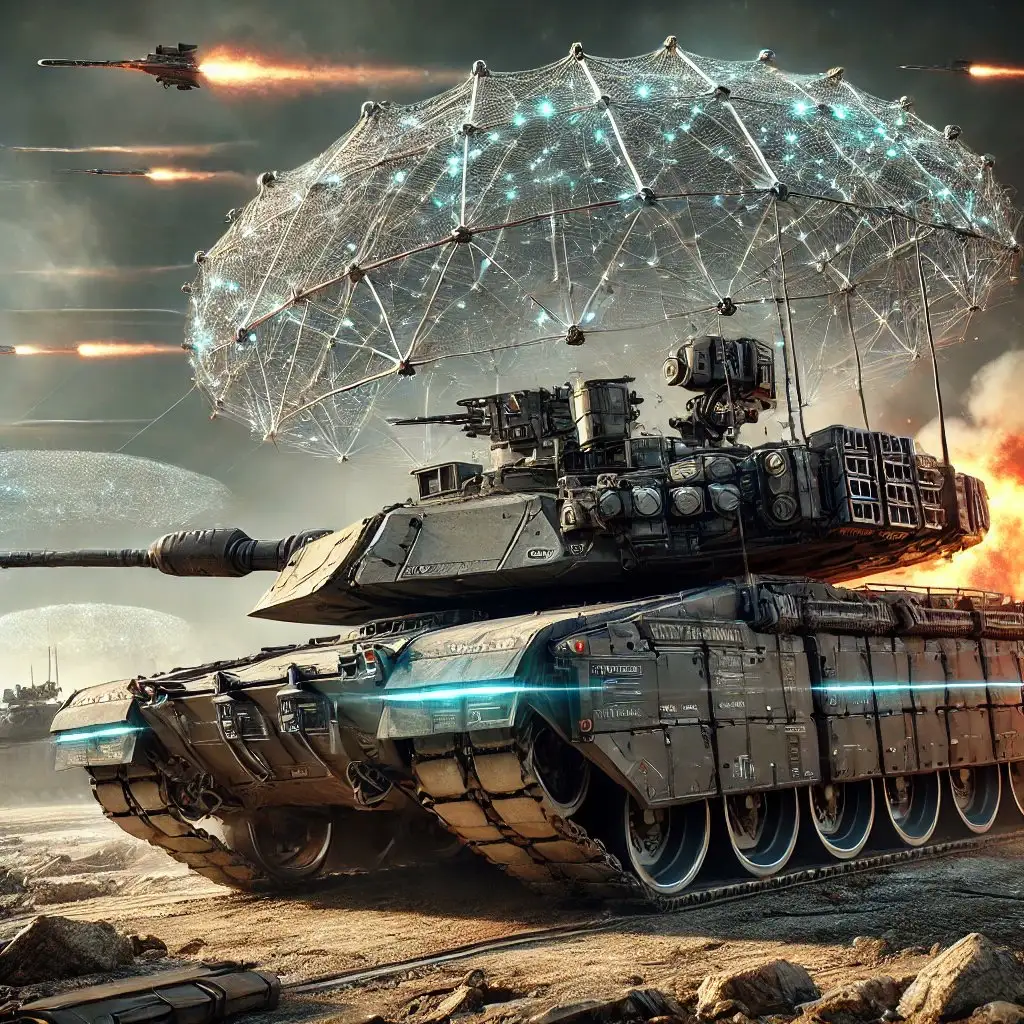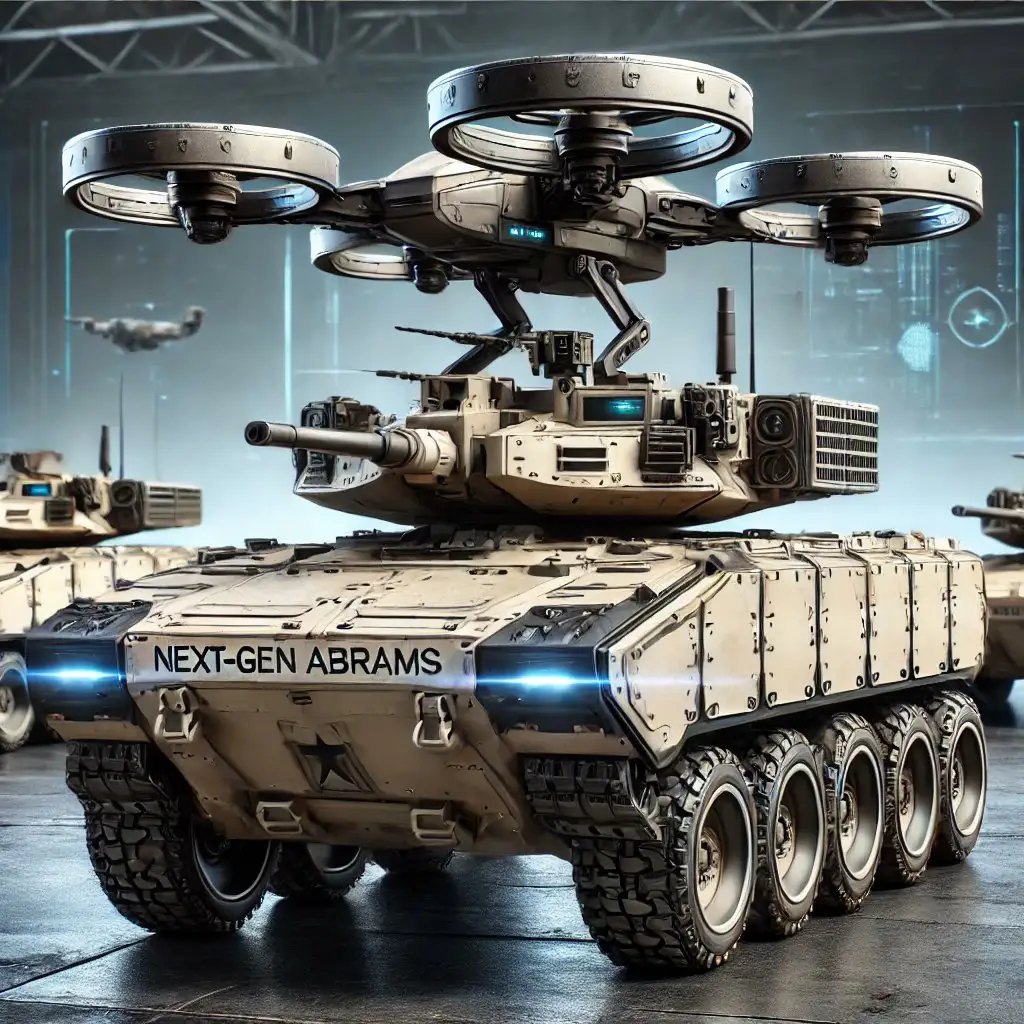1. Armour and Protection:
2. Firing Mechanism:
3. Firepower and Ammunition:
4. Advanced Systems:
5. South Korean Influence (including Modular Design)
6. Modular Support System: Mini-Tank Attachment
-
Description: As part of the Next-Gen Abrams Tank, a Mini-Abrams Tank attachment is carried on the rear of the main tank, designed to detach and operate independently on the battlefield. This Mini-Abrams Tank, similar in size to a large ATV, features four rugged wheels that provide high mobility, enabling it to navigate difficult terrain at speeds up to 240 km/h. Despite its compact size, the Mini-Abrams Tank is heavily armed with a Gatling gun, akin to the Close-In Weapon Systems (CIWS) found on Arleigh Burke-class destroyers, and is equipped with Javelin anti-tank, anti-vehicle, and anti-base missiles, delivering extensive firepower and making it a formidable asset in combat.
-
Perimeter Defense: The mini-tank acts as an outer perimeter defence unit, designed to engage and neutralize threats that approach the main tank. Its primary role is to handle autonomous soldiers, enemy vehicles, and aerial threats like drones and low flying helicopters or low flying jets. By doing so, it extends the operational range of the Abrams, provides Level 6 Armour system with anti missile defence and anti tank shell defence, effectively creating a buffer zone that allows the main tank to focus on primary targets while the mini-tank handles secondary threats, or simply doubling up on the firepower of the main tank and doubling up on the defensive system for fault tolerance and redundant defence systems design philosophy.
-
Flanking and Ambush: The mini-tank is designed to flank enemy positions, attacking from angles that are difficult for the enemy to counter, preventing the enemy the luxury of engaging our next gen tank from the convenience of entrenched cover. It can operate in conjunction with the main tank, which draws enemy fire, while the Next-Gen Mini Abrams Tank maneuvers to strike from the sides or rear. Its low profile and high speed make it hard to detect and hit, allowing it to exploit gaps in the enemy’s defence.
-
Low-Profile Stealth Operation Mode: It’s missile systems and gun sink into it’s body to achieve a “stealth” low profile operation, that is not visible on the field in between the bushes.
-
Seamless Integration: The mini-tank is fully integrated with the main Abrams tank’s AI systems, allowing for coordinated attacks and seamless communication between the two units. The AI on the main tank controls the mini-tank’s movements and targeting systems, ensuring that it operates in perfect harmony with the larger tank. This coordination allows for highly effective battlefield strategies, with the mini-tank engaging targets that the main tank cannot easily reach.
-
Drone and Robot Defense: The Gatling gun is specifically designed to handle aerial and ground-based autonomous threats. It can rapidly engage and destroy incoming drones, as well as robotic ground units, before they pose a danger to the main tank.
-
Missile Strikes: The mini-tank’s missile system provides additional firepower against larger targets, such as enemy tanks or low-flying aircraft. The missiles are guided by the main tank’s AI, ensuring precision strikes that complement the main tank’s own offensive capabilities.
-
Extended Fire Coverage: By deploying the mini-tank, the Abrams effectively increases its field of fire, engaging multiple threats from various angles. This creates a layered defense that overwhelms enemy forces, allowing the main tank to focus on high-priority targets.
-
High-Speed Maneuverability: The mini-tank’s ability to move quickly and quietly across the battlefield makes it an excellent tool for surprise attacks and quick repositioning, making it a valuable asset in dynamic combat scenarios.
Conclusion:
7. Modular Support System: Mini-Tank Attachment with Mounted Mini Loyal Wingman Drone
-
Detachment and Reconnaissance Mission: The Mini Abrams Tank separates from the Main Next Gen Abrams Tank platform and embarks on a stealthy reconnaissance mission, traversing difficult terrain at high speeds (up to 240 km/h) while avoiding detection.
-
Deployment of Mini Stealth Loyal Wingman Drone: Upon reaching a strategic location, the Mini Tank deploys the Mini Stealth Loyal Wingman drone. The drone conducts stealth flights to map enemy positions, gather critical intelligence, and identify high-value targets.
-
Engagement and Suppression: Phalanx Gatling Gun: The Mini Stealth Loyal Wingman drone is armed with a Phalanx-style Gatling gun system, similar in setup to AC130 Gunship and similar to the Close-In Weapon Systems (CIWS) on Arleigh Burke-class destroyers. This allows it to engage and wear down enemy forces, drones, and autonomous vehicles systematically, reducing their defensive capabilities over time and to continue the engagement between the main engagements, thus maintaining a sustained and exhausting pressure on the enemy, removing the concept of a “pause” of fire throughout the engagement and war. Missile Capability: Equipped with anti-tank, anti-vehicle, and anti-base missiles as well, the Mini Loyal Wingman drone can launch precision strikes against identified targets, should a high value target materialize, further weakening enemy defenses.
-
Advanced Offensive Capabilities: Strategic Strikes: In scenarios requiring additional force, such as the identification of an entire division, the Loyal Wingman drone can deploy small nuclear munitions to neutralize high-value targets, softening enemy defenses and paving the way for the main Next Gen Abrams Tank’s assault to roll over the ashes of those enemies of Freedom.
-
Extended Operational Range: By deploying the Next Gen Mini Tank and Mini Loyal Wingman drone, the Abrams system extends its reconnaissance and engagement capabilities beyond the reach of traditional tank operations.
-
Enhanced Situational Awareness: The integrated ISRF capabilities provide real-time intelligence, enabling informed decision-making and adaptive strategies on the battlefield.
-
Disruption of Enemy Defenses: Systematic engagement and suppression of enemy forces by the Loyal Wingman drone degrade the adversary’s ability to mount an effective defence, facilitating the success of the main assault.
-
Coordinated Assaults: Seamless AI-driven coordination between the main Abrams Tank and the Mini Tank with its Loyal Wingman drone ensures synchronized attacks, maximizing combat effectiveness and minimizing vulnerabilities.
Advanced Strategic Advantages: Coordination and Battlefield Dynamics
Coordinated Assaults:
Physics of Engagement and Defense:
Tactical Superiority:
Disruption of Enemy Defences:
8. Conclusion:
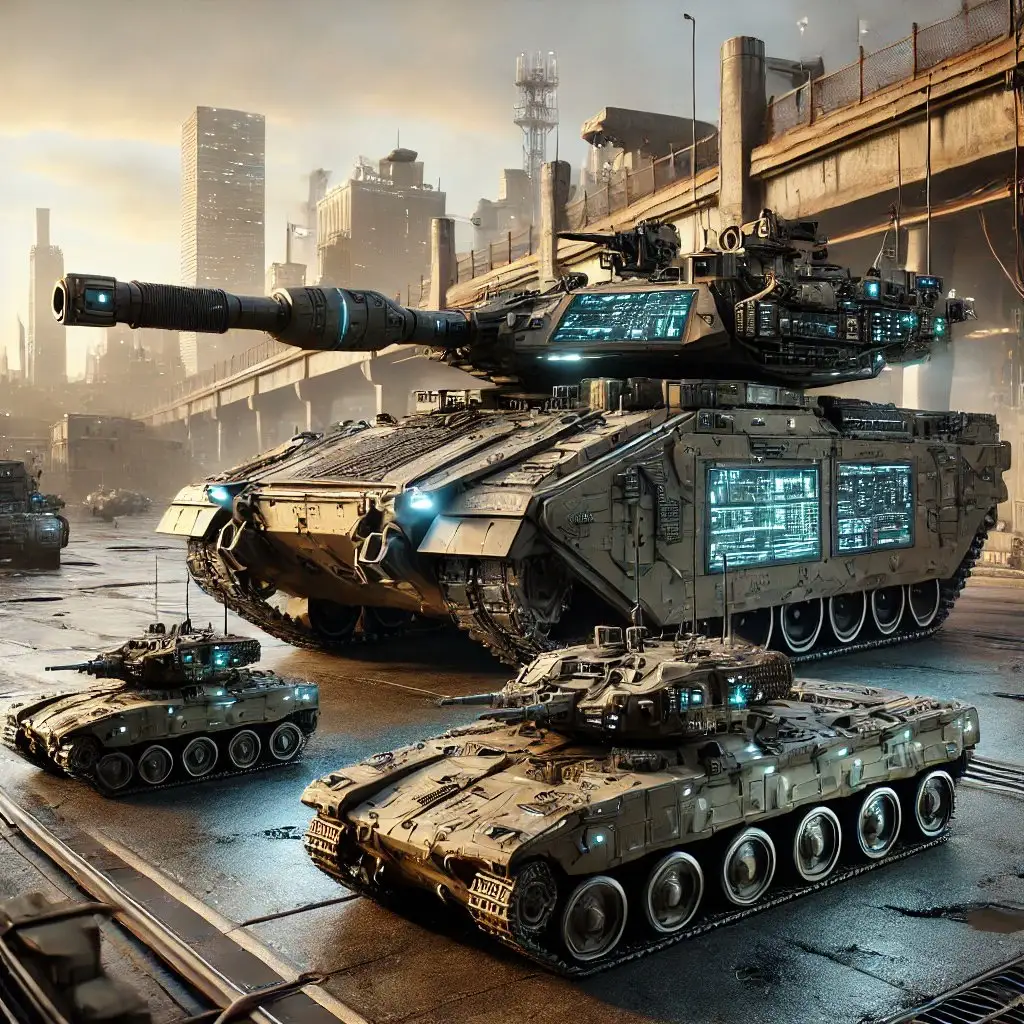
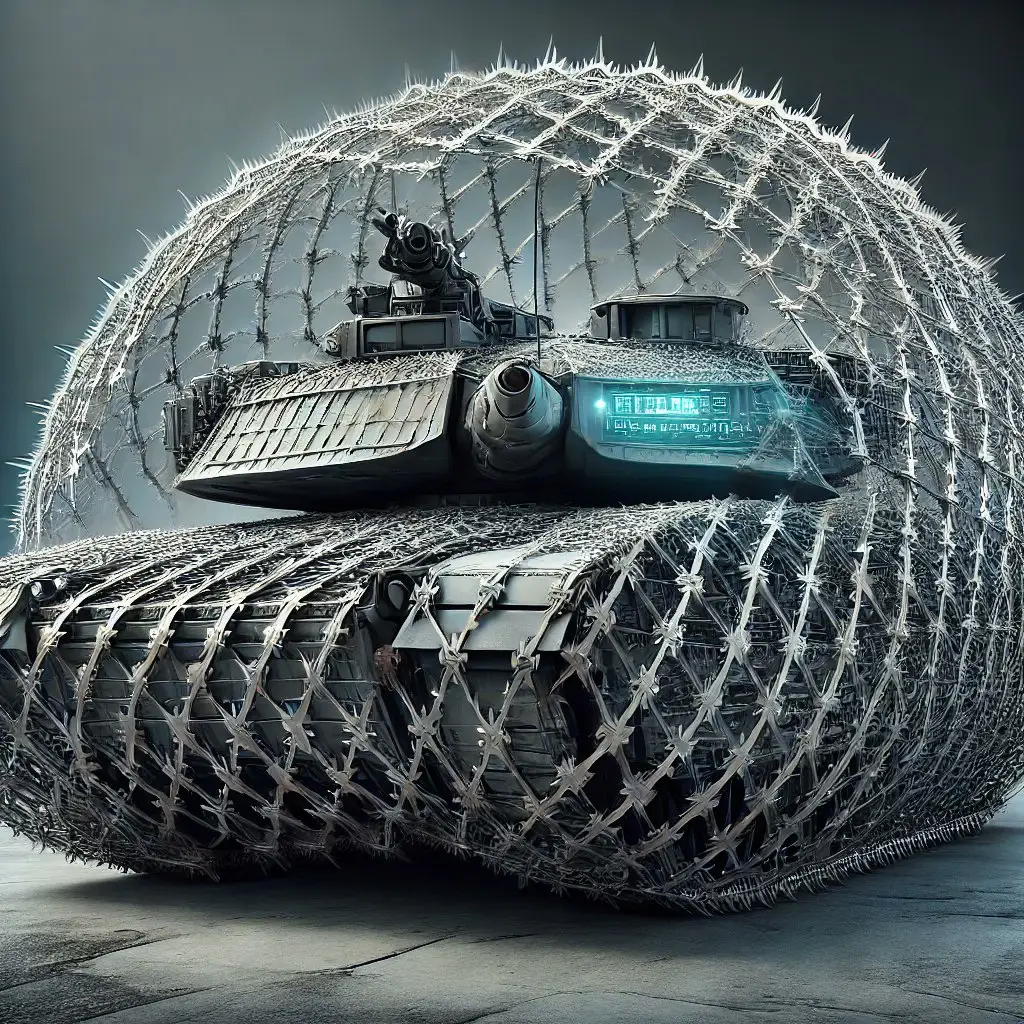
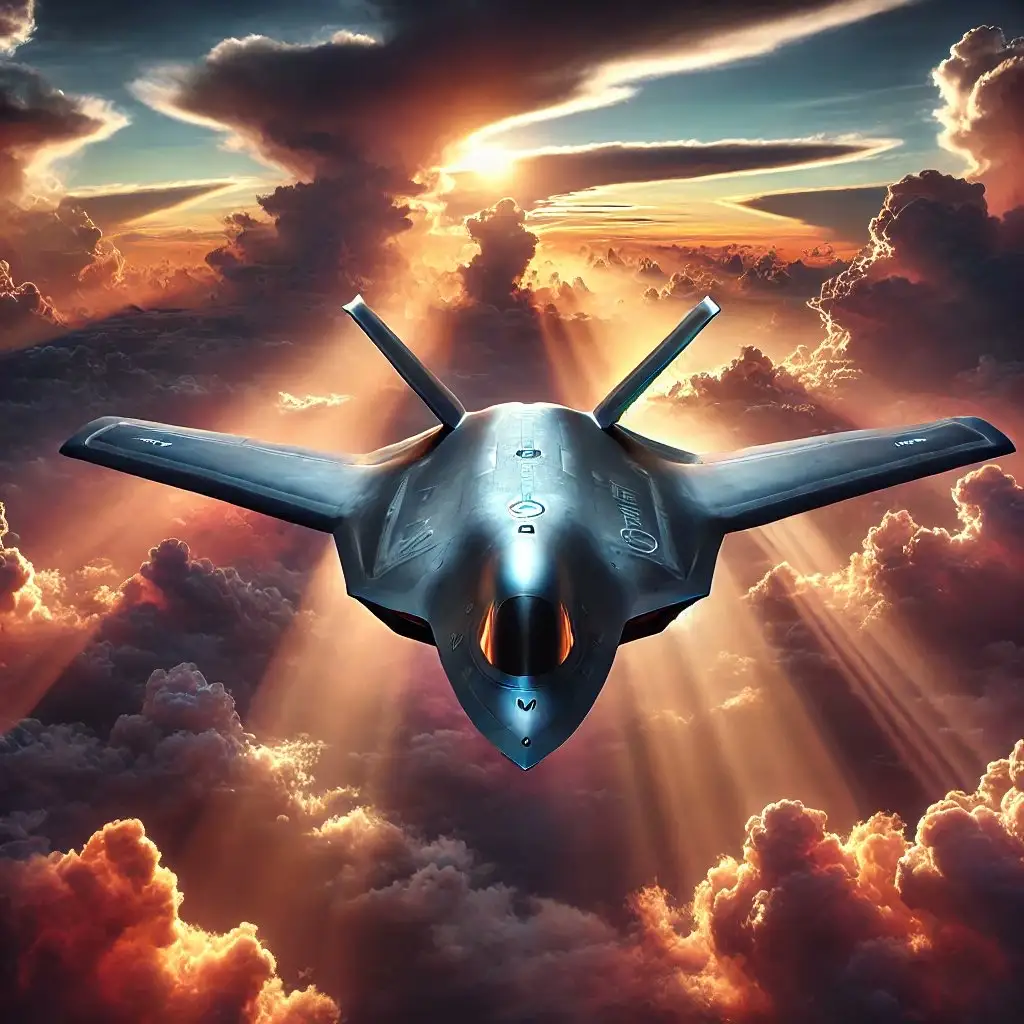

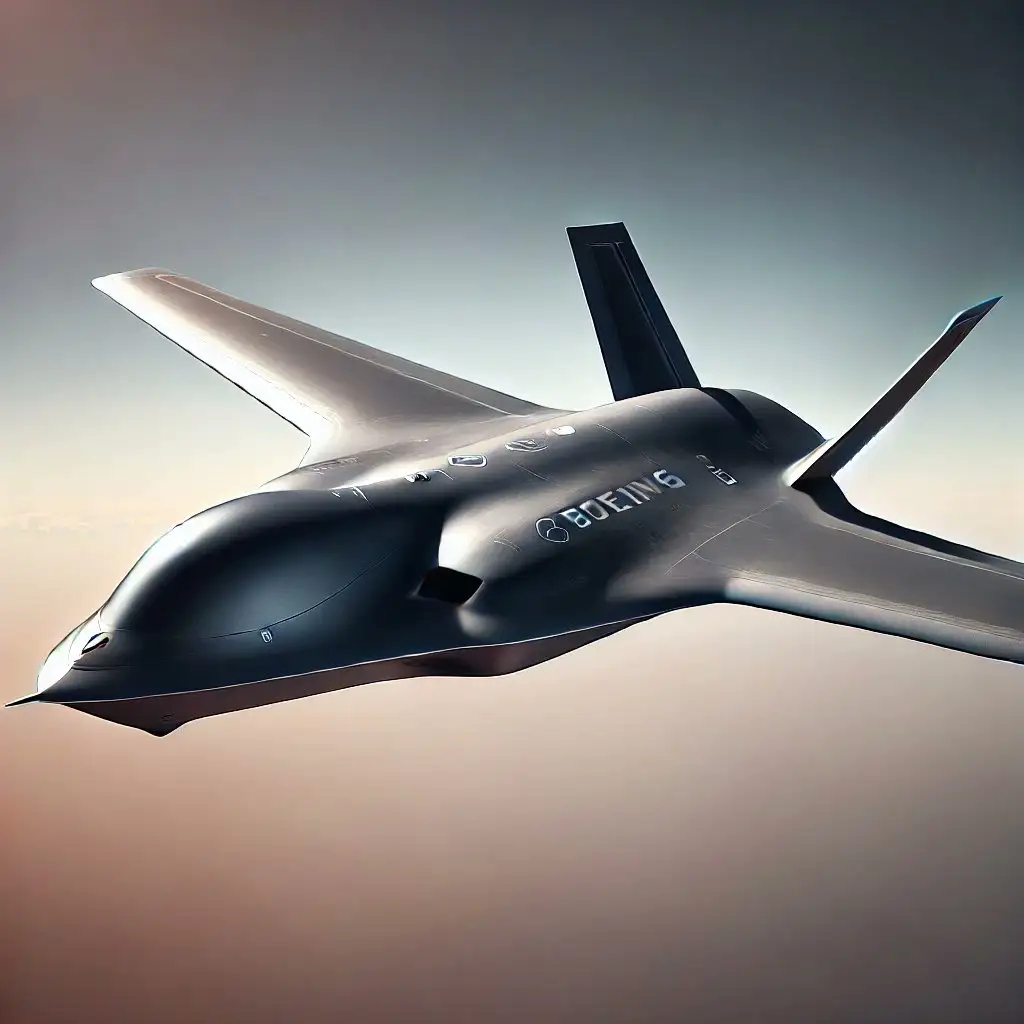
Related Content:
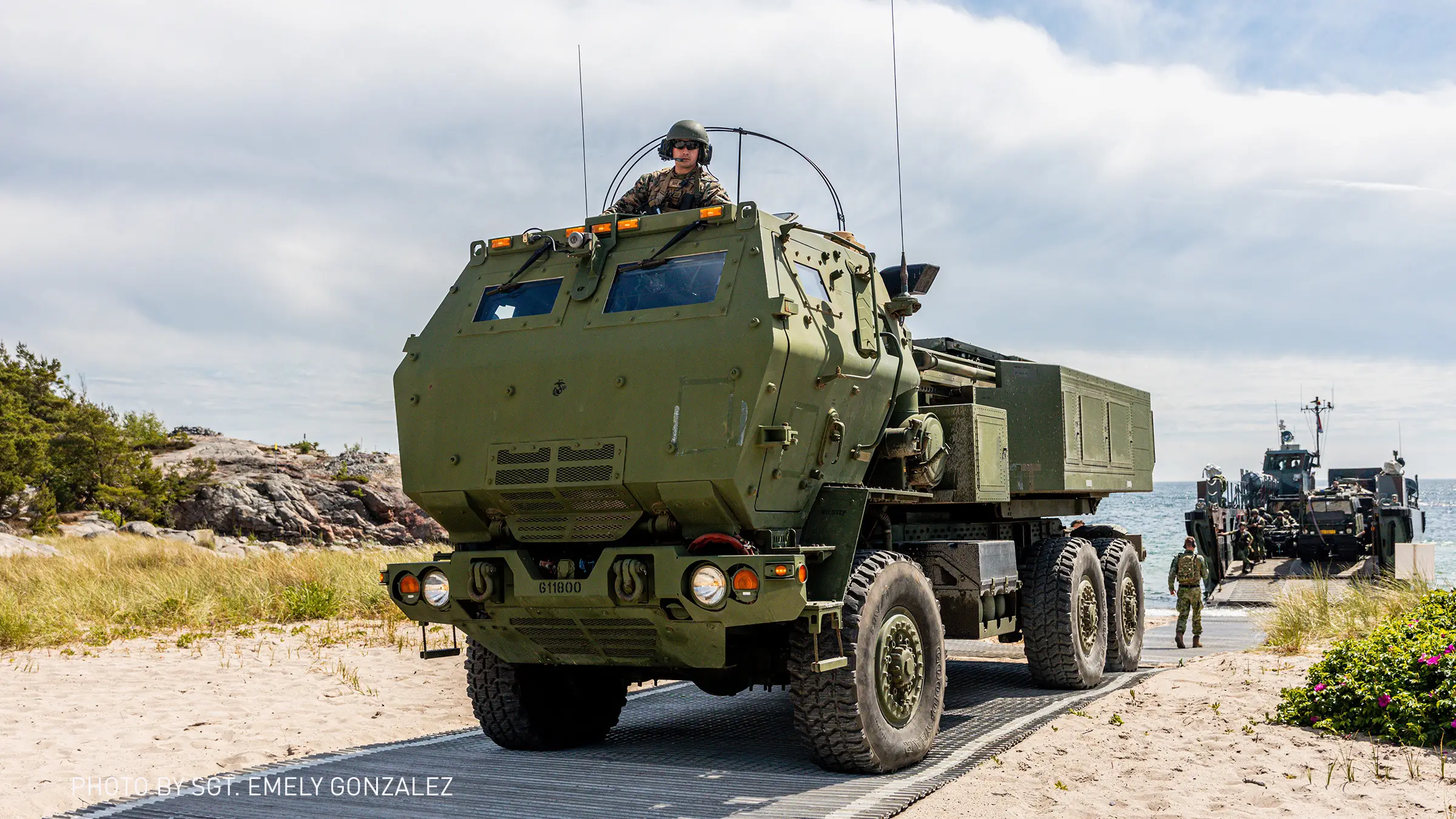
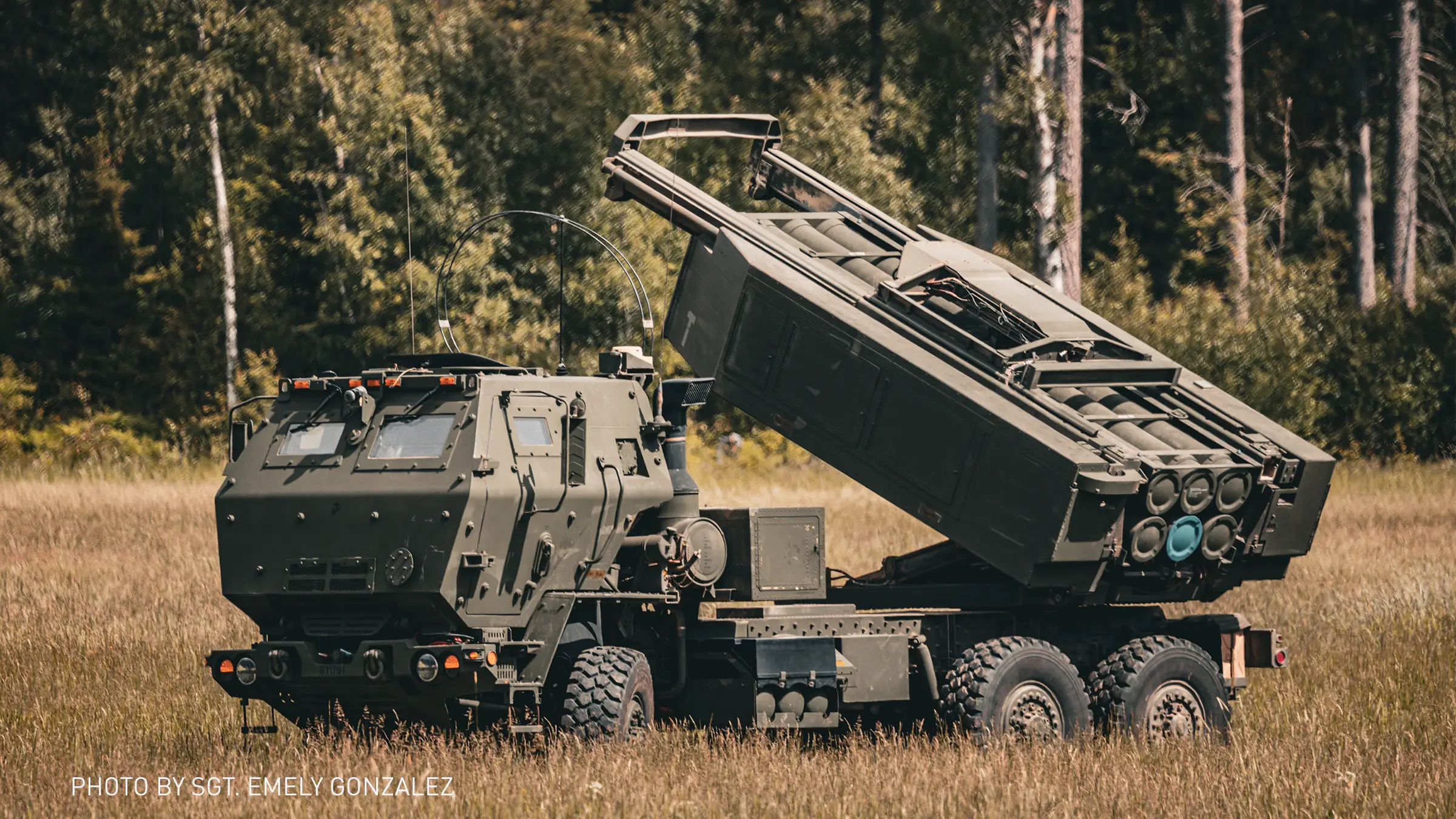
@SkillsGapTrain @LockheedMartin “These look fantastic — straight out of sci-fi, like something that would be useful even in the world of Mad Max: Fury Road!
It’s amazing how trucks, so crucial for logistics, can also be pivotal in defense AND offensive strategies and attacks!
Systems like HIMARS could be incredibly beneficial for defensively-minded (yet sometimes absent-defense mindset countries) like Canada, Romania and Moldova.
Why limit to defense when you can have striking capabilities too, right? Canadians and Romanians would love to drive and use these. .it’s a cultural fit. .missiles and trucks.. it’s really part of our identity.. but our leader PM Trudeau doesn’t want us to know about that.” #HIMARS

To see our Donate Page, click https://skillsgaptrainer.com/donate
To see our YouTube Channel, click https://www.youtube.com/@skillsgaptrainer
